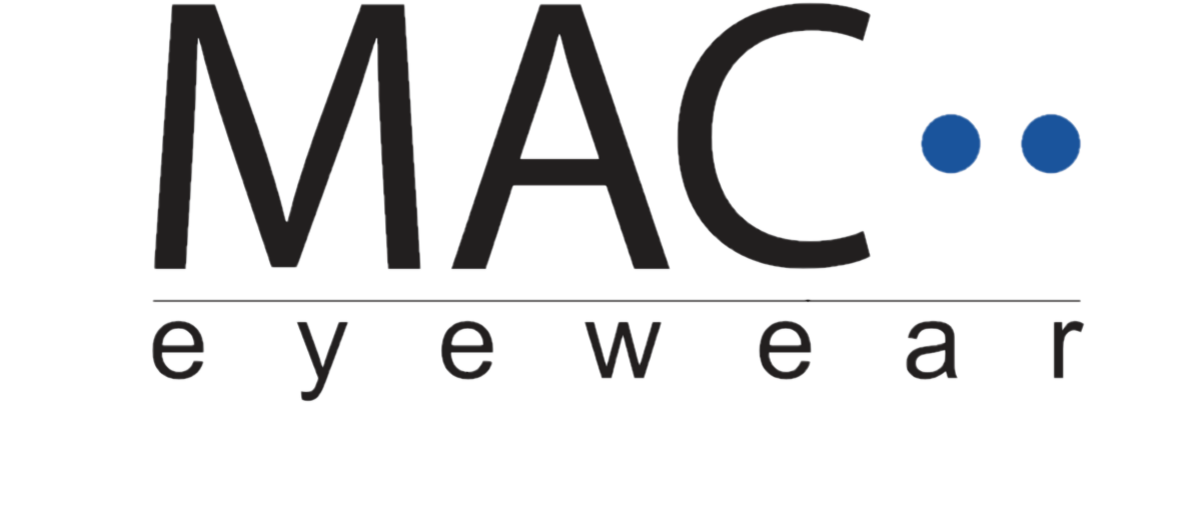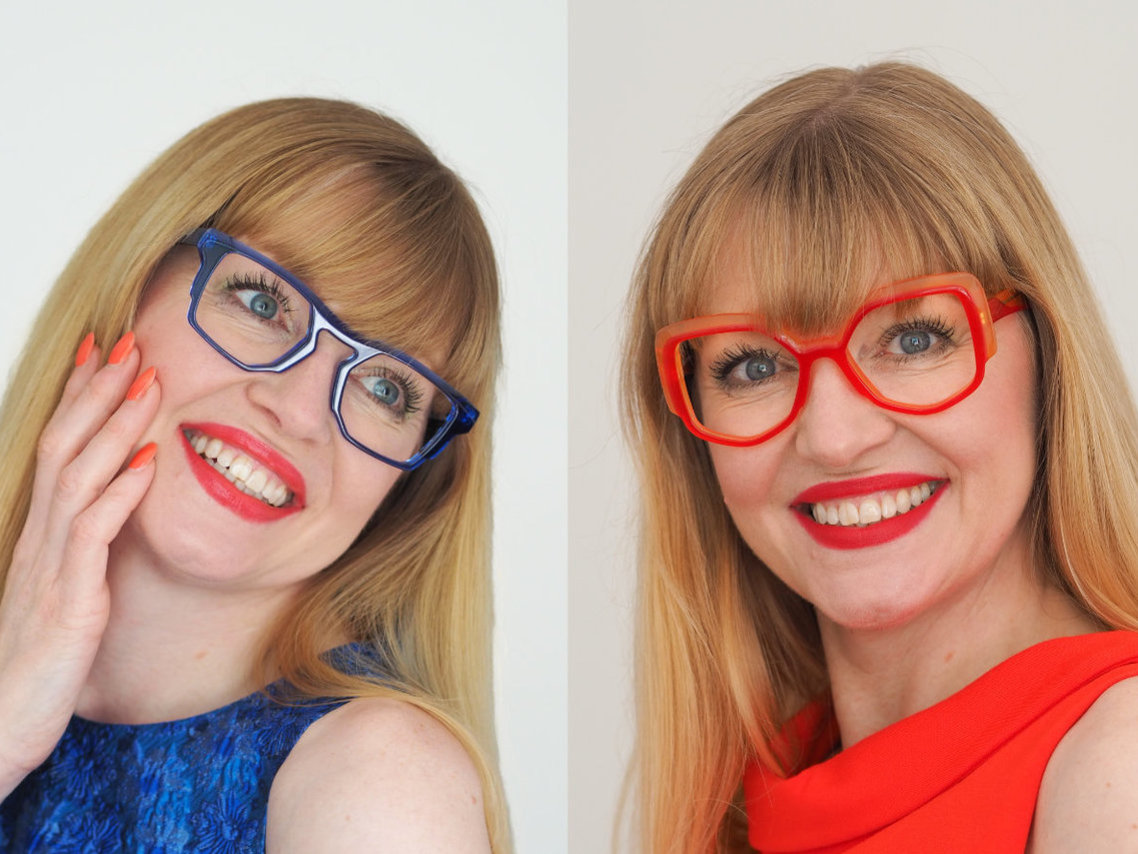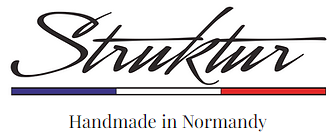The Art of Colour Blocking
Posted on 9th June 2022
by Lizzy Yeowart, Optometrist and Company Eyewear Ambassador
Here at Team MAC Eye, we love nothing more than a vibrant look. Our collections feature an array of bright eyewear, guaranteed to put a smile on your face. When putting an outfit together to create a colourful look it is useful to use the colour wheel and some colour theory to help combine colours.
Colour Theory and The Colour Wheel
There are 12 basic colours. Red, yellow and blue are primary colours. They cannot be made by adding or mixing other colours together. Green, orange and violet are secondary colours, created by combining two primary colours. The remaining six colours are tertiary colours. These lie between the primary and secondary colours.
Complementary colours
Complementary colours. Are opposite each other on the colour wheel. The human eye notices the contrast between complementary colours more than other which is why they are so eye-catching, for example, blue and orange.
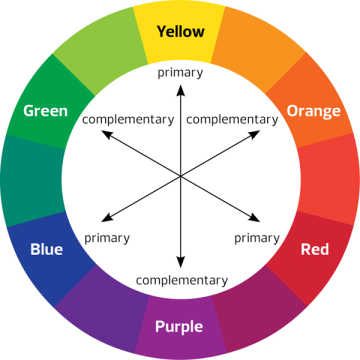
Here, I’m wearing “The Quarterback” in azure blue with a matching dress, orange shoes and coral lipstick. See how the blue and orange make each other pop.
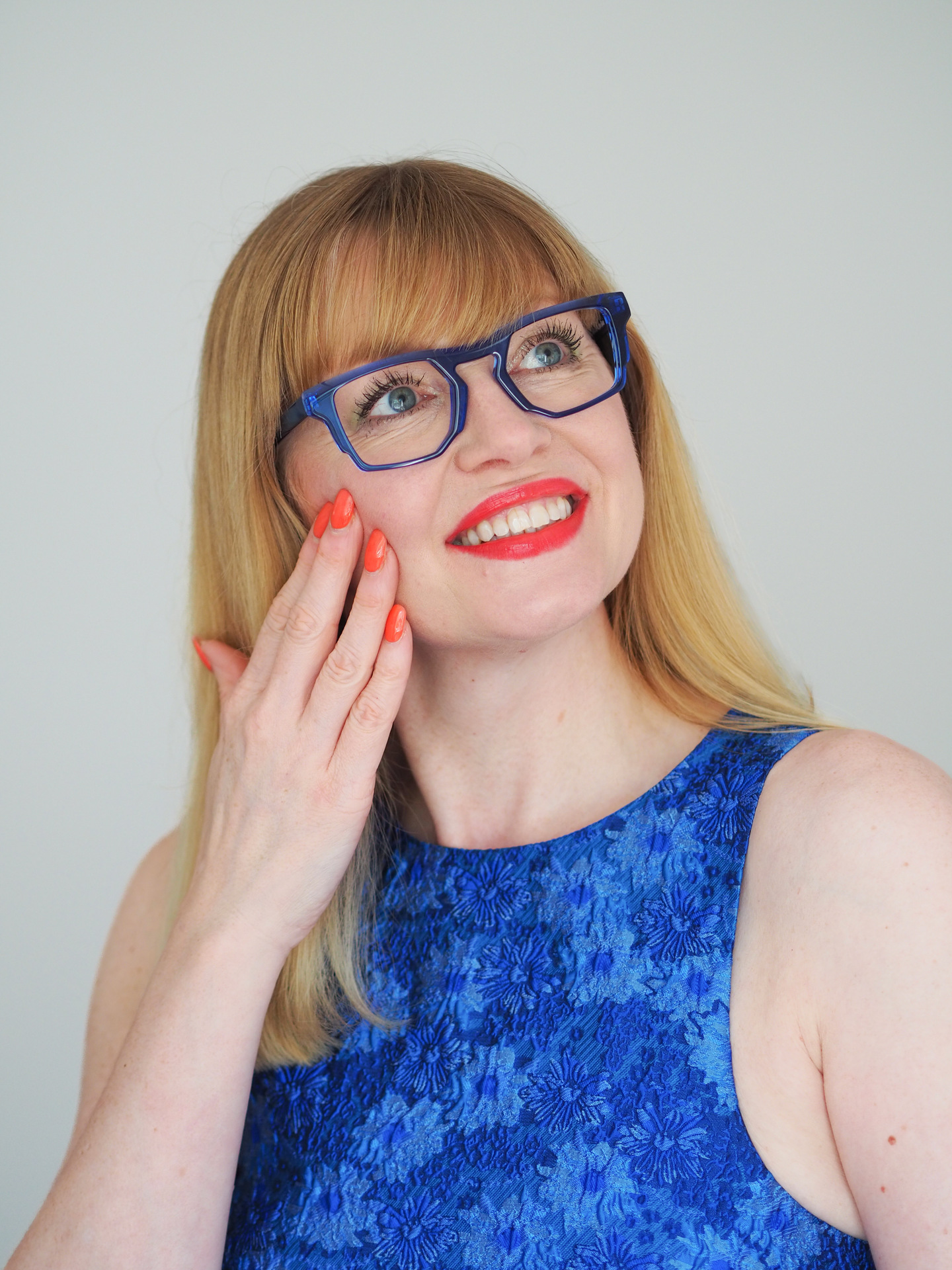
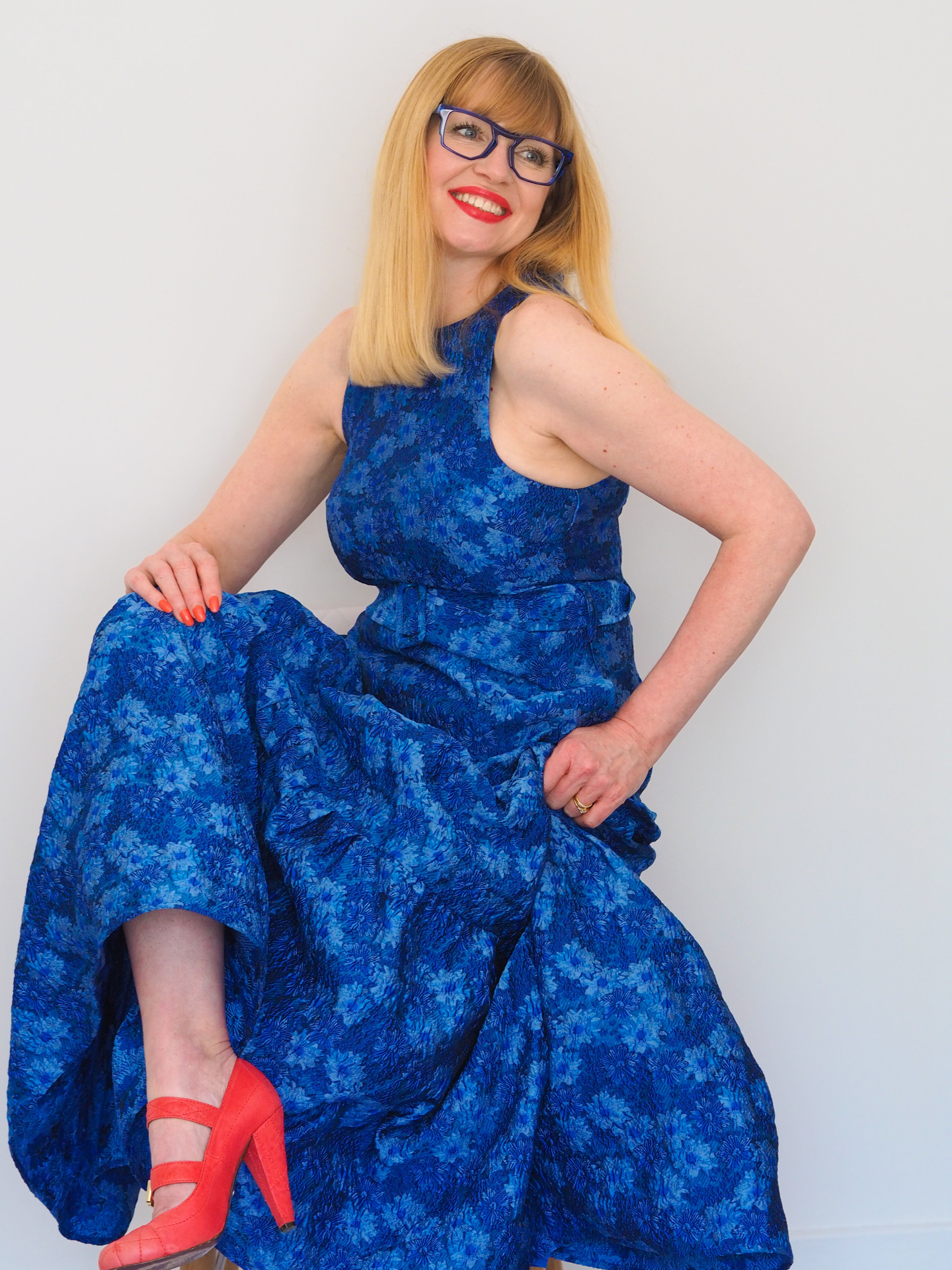
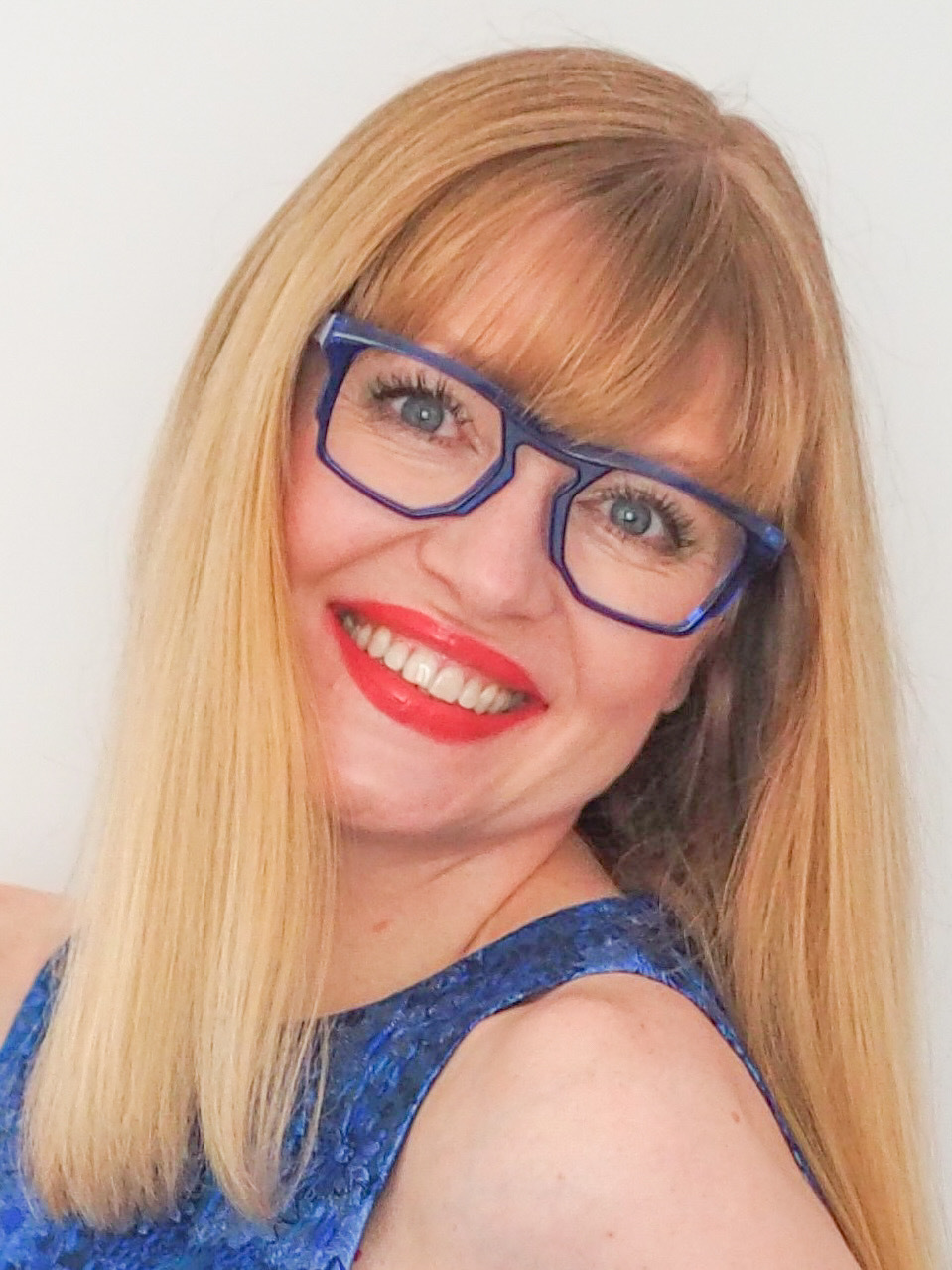
Triad Colours
Triad Colours are equidistant from one another, for example, orange, purple and green. These combinations create the most balanced form of contrast. This is useful when composing an outfit with a lot of elements. This eyewear is “The Elixir” in purple clear. It looks harmonious with my green dress and orange nail polish.
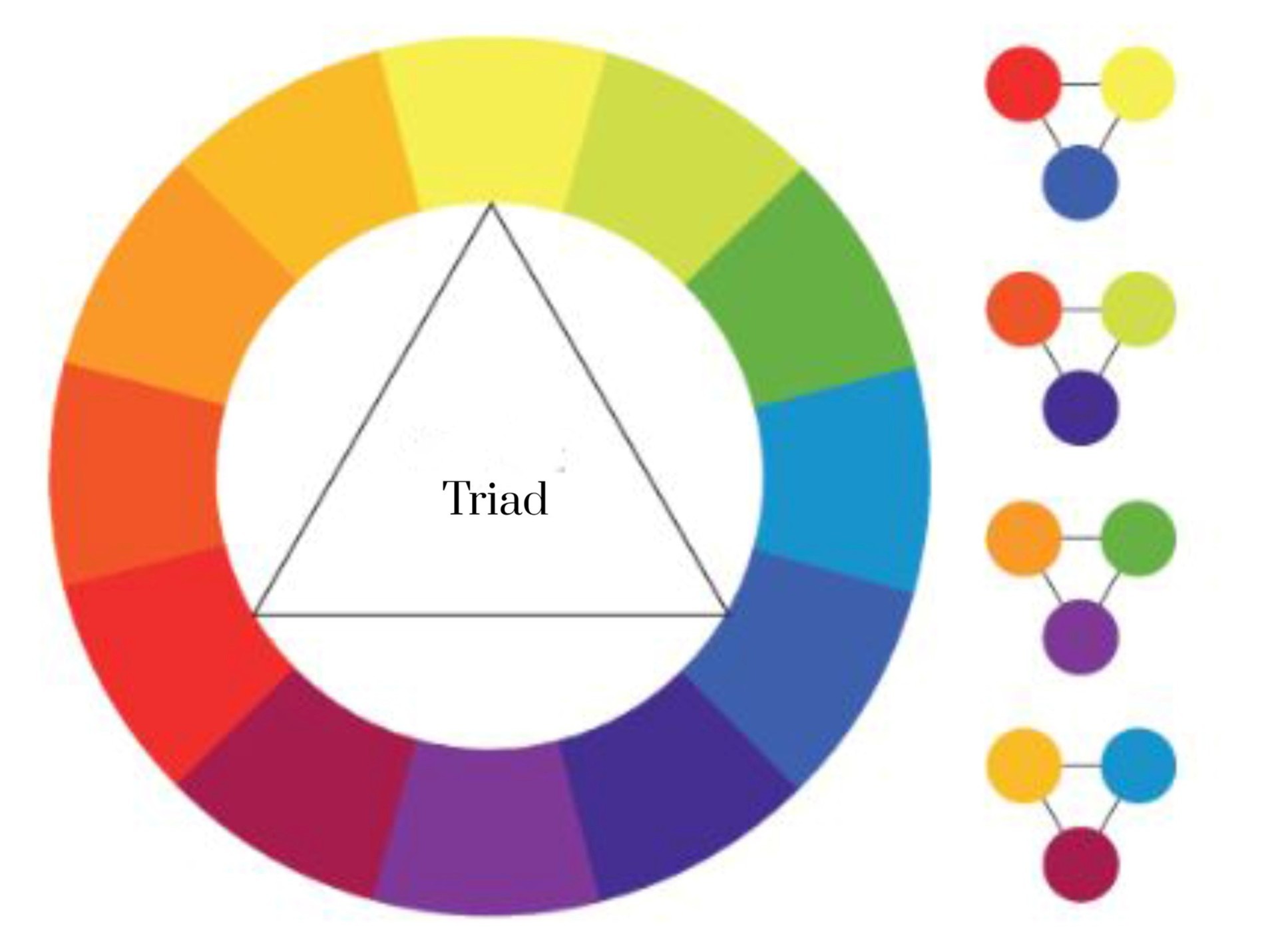
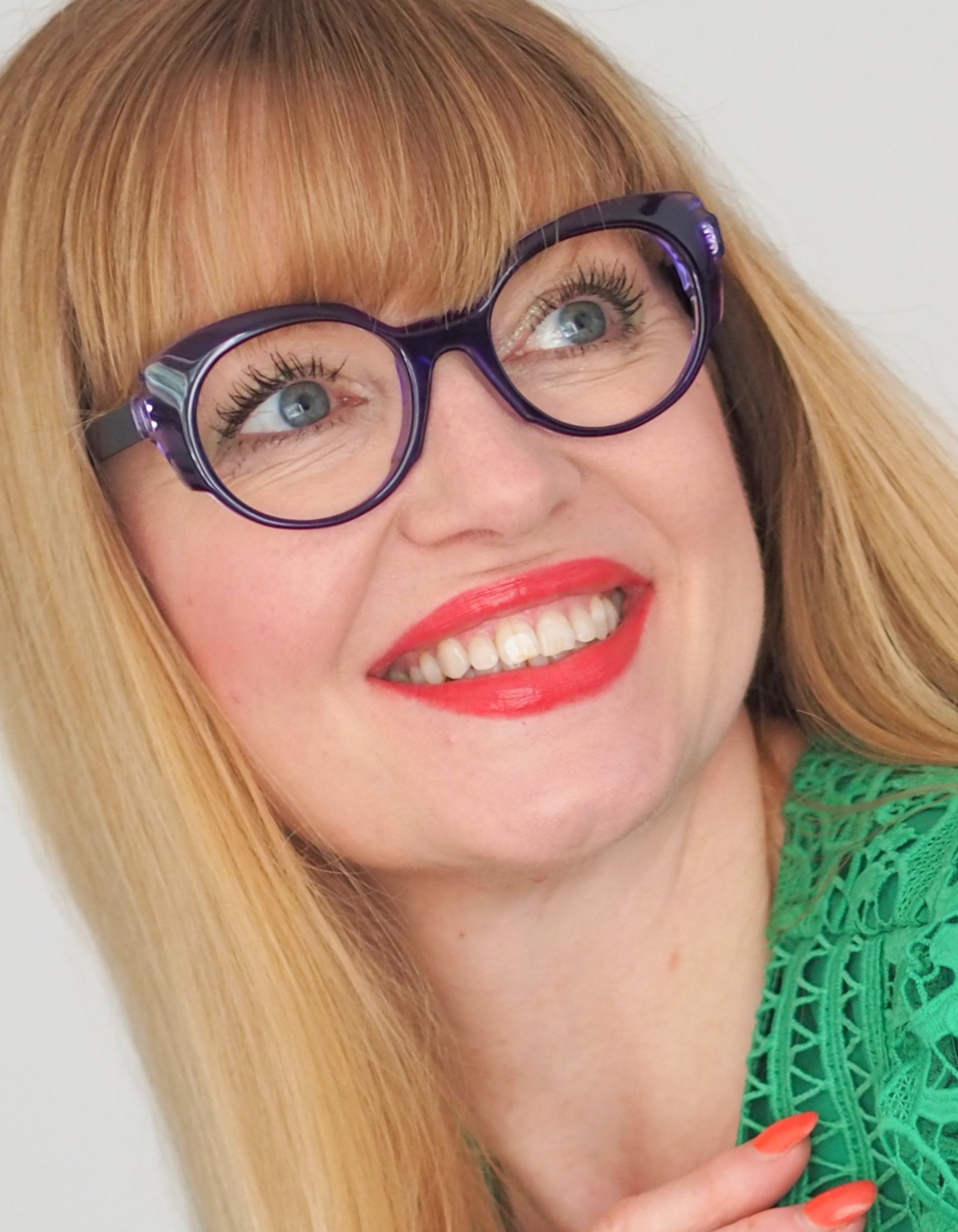
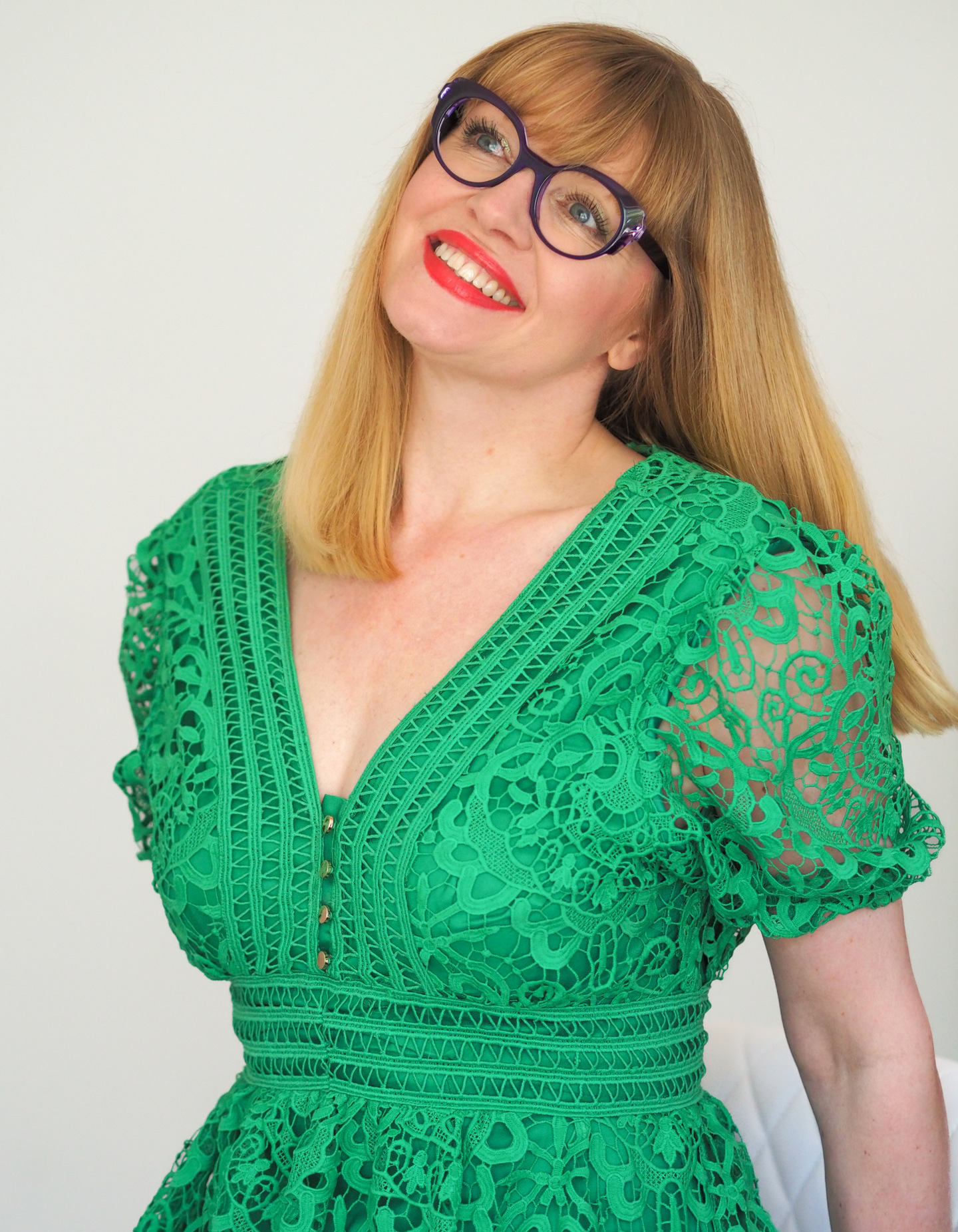
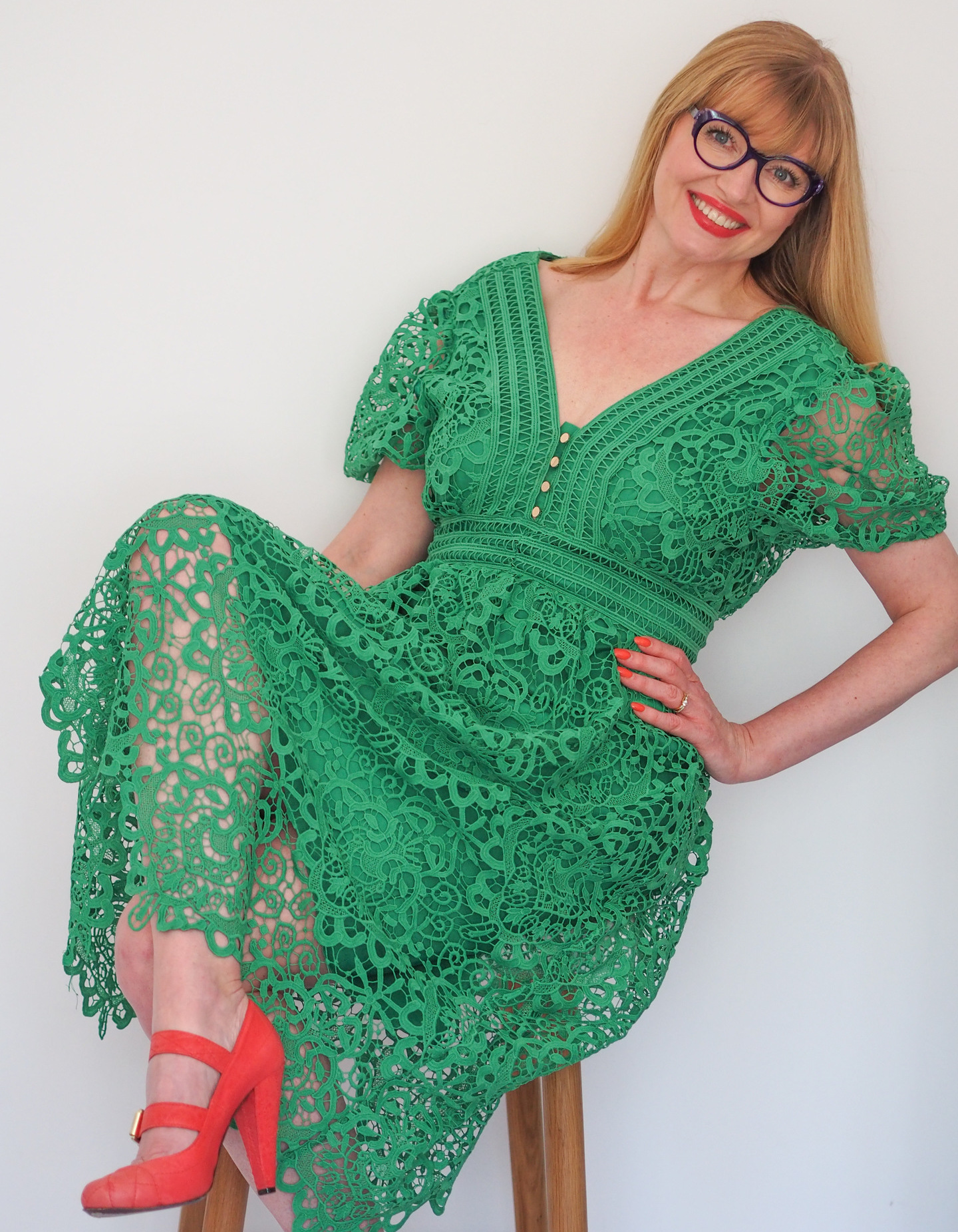
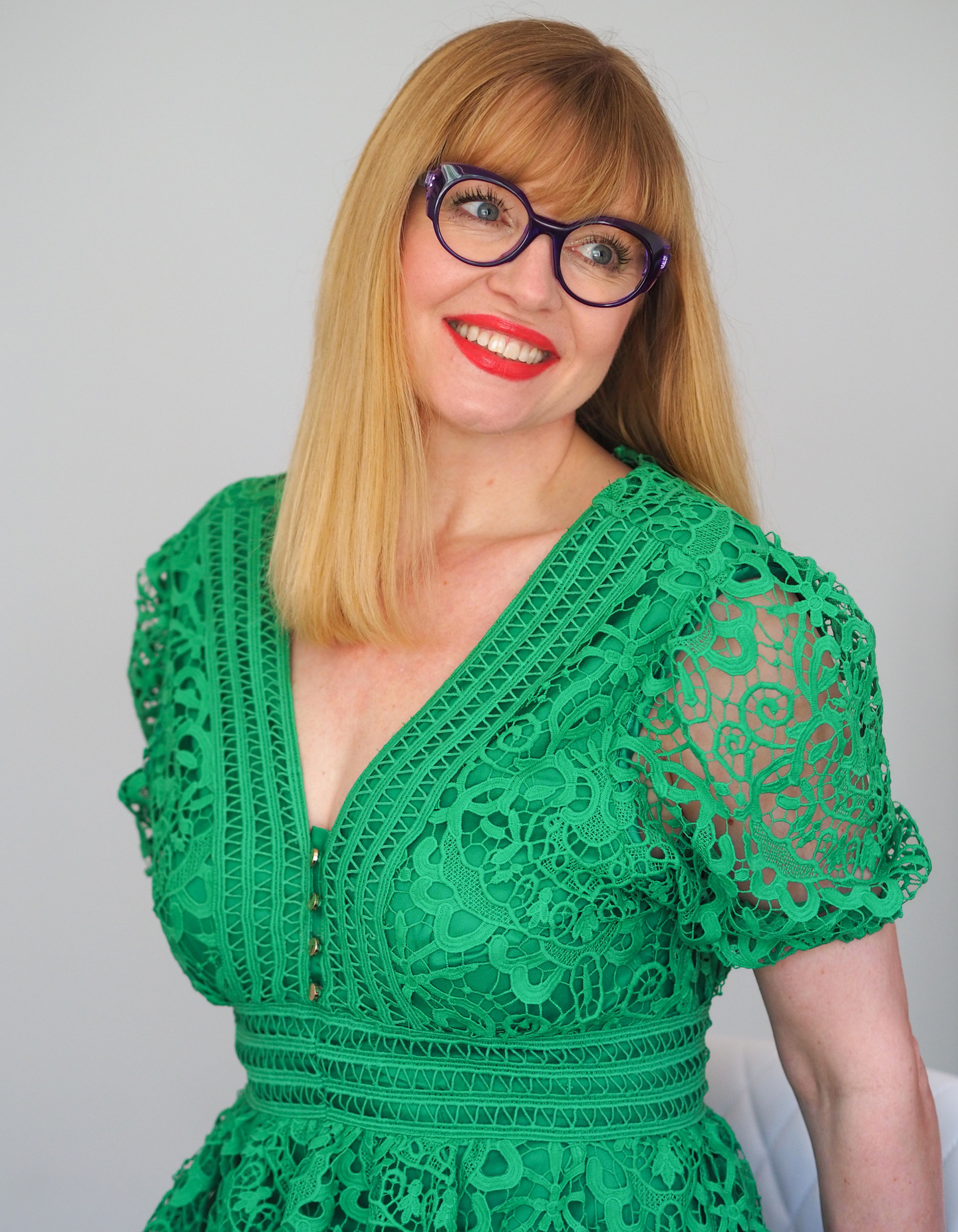
Analogous Colours
Analogous Colours are next to each other on the colour wheel. This creates minimal contrast and gives a more understated look, especially with pastels. My orange-red dress, orange shoes and orange-yellow bag are set off to perfection with “The Midnight Dive” in chilli crush.
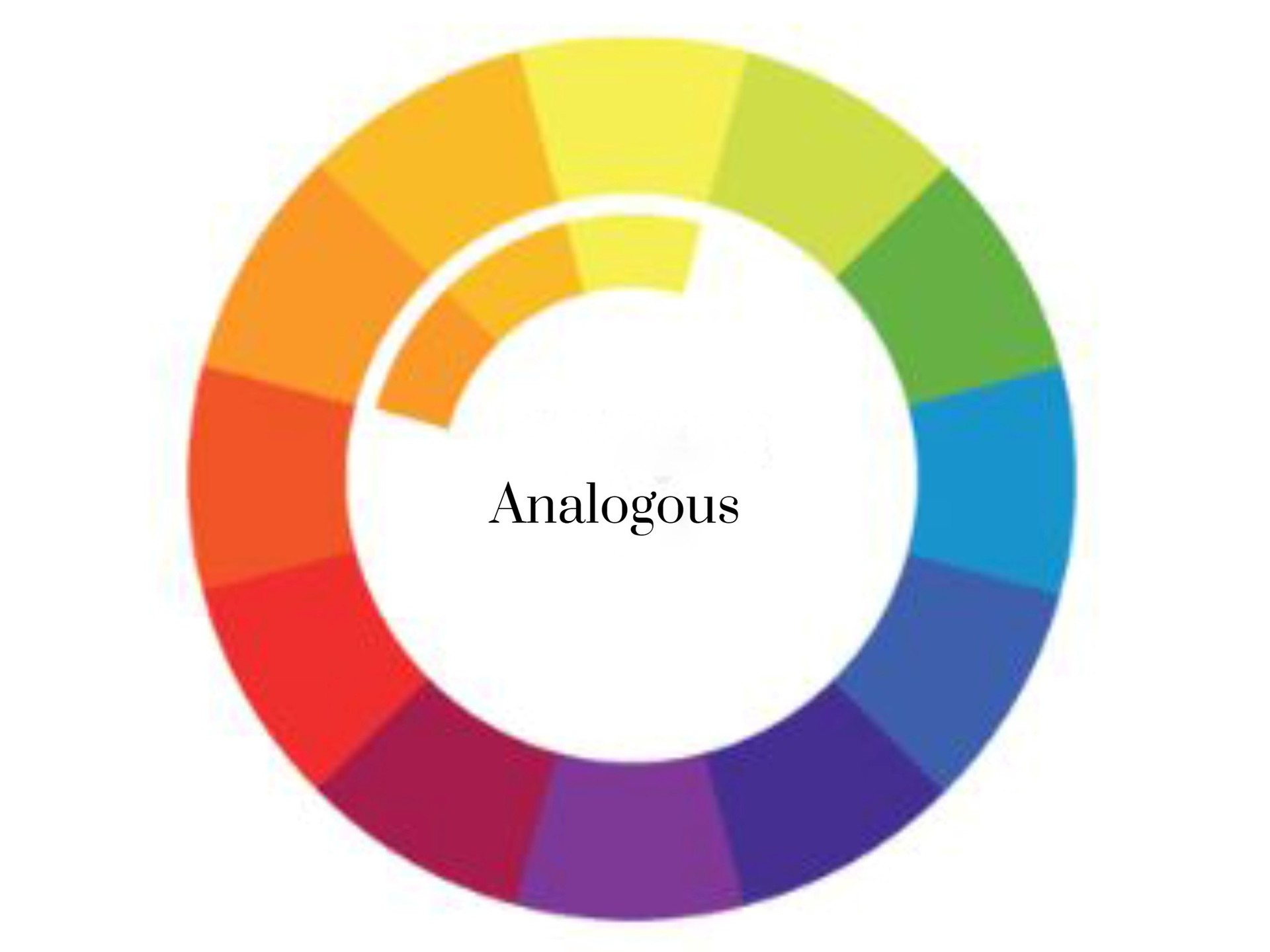
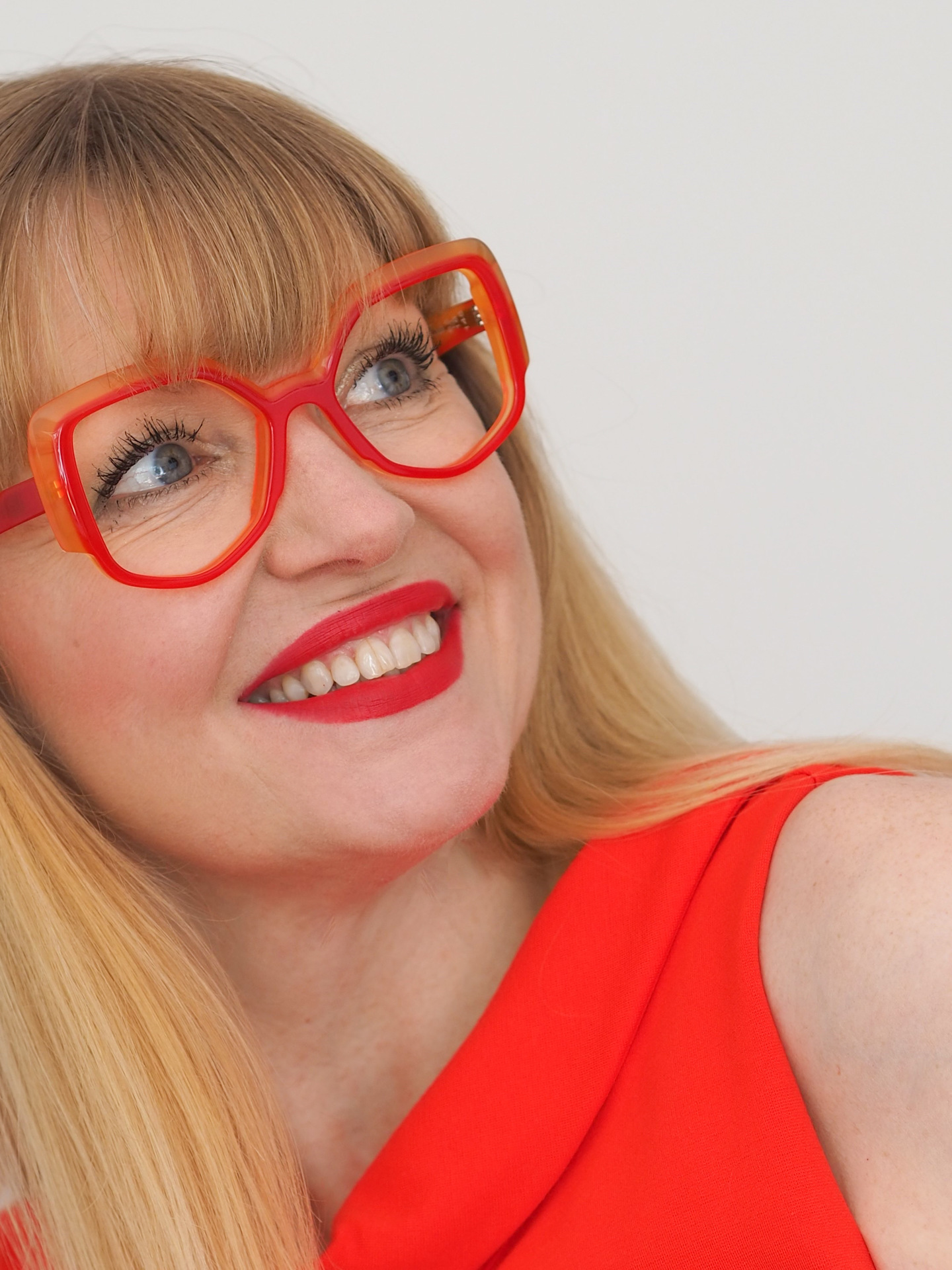
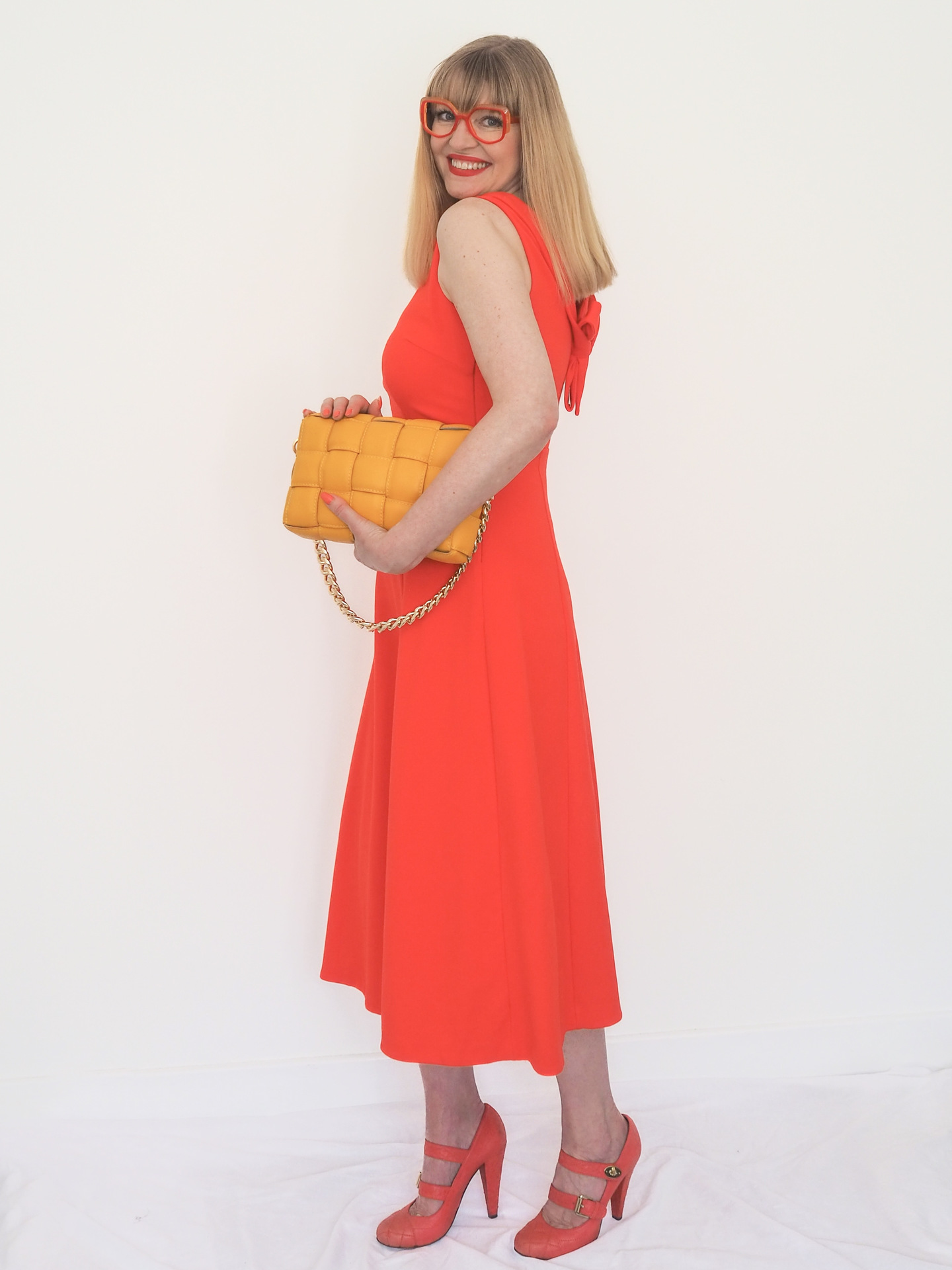
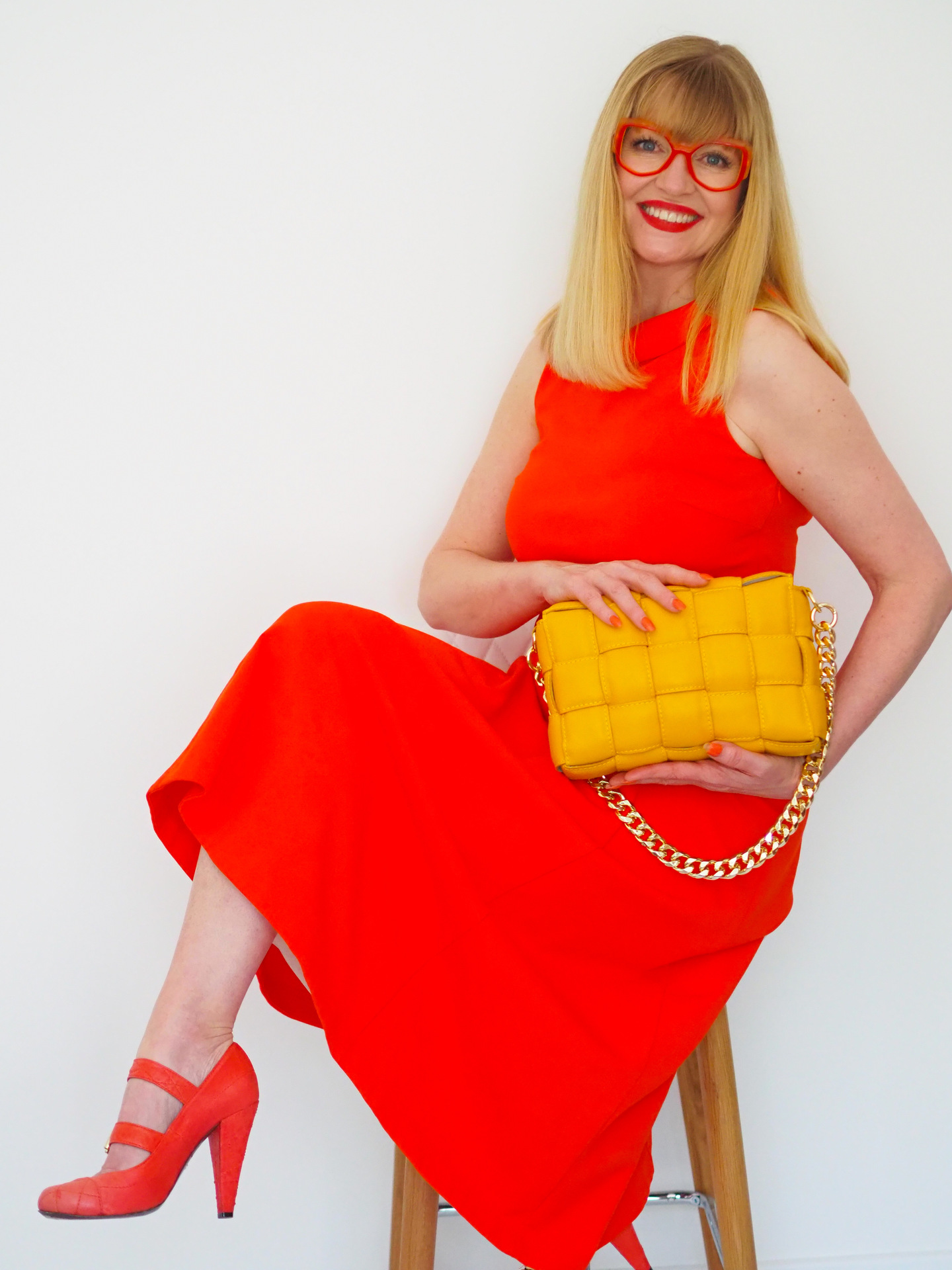
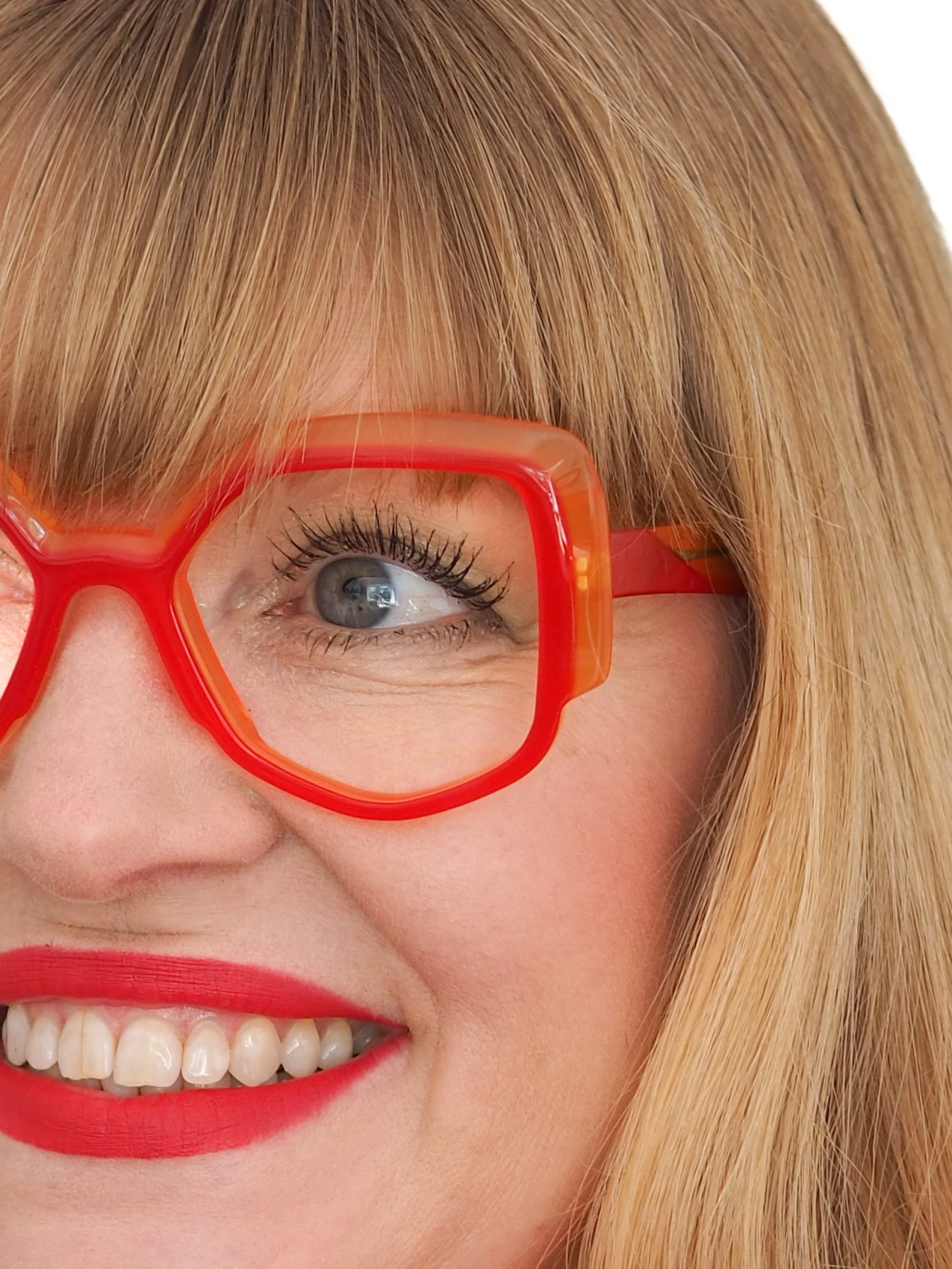
At the end of the day though, the best way to combine colours is to simply wear what makes you happy. My frivolous dress in light blue and magenta is made all the more fabulous with “The Beauty” in fresh pink.
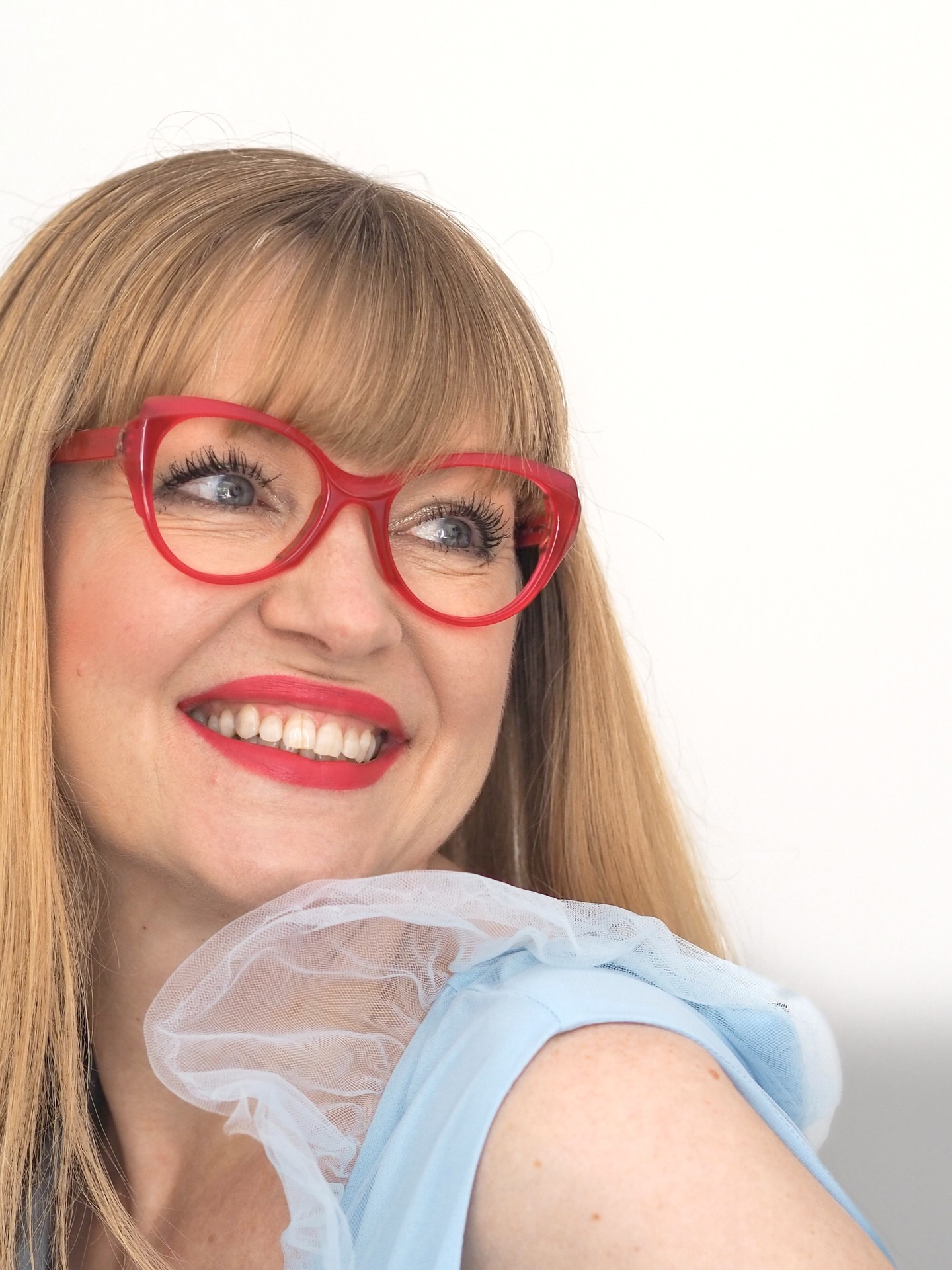
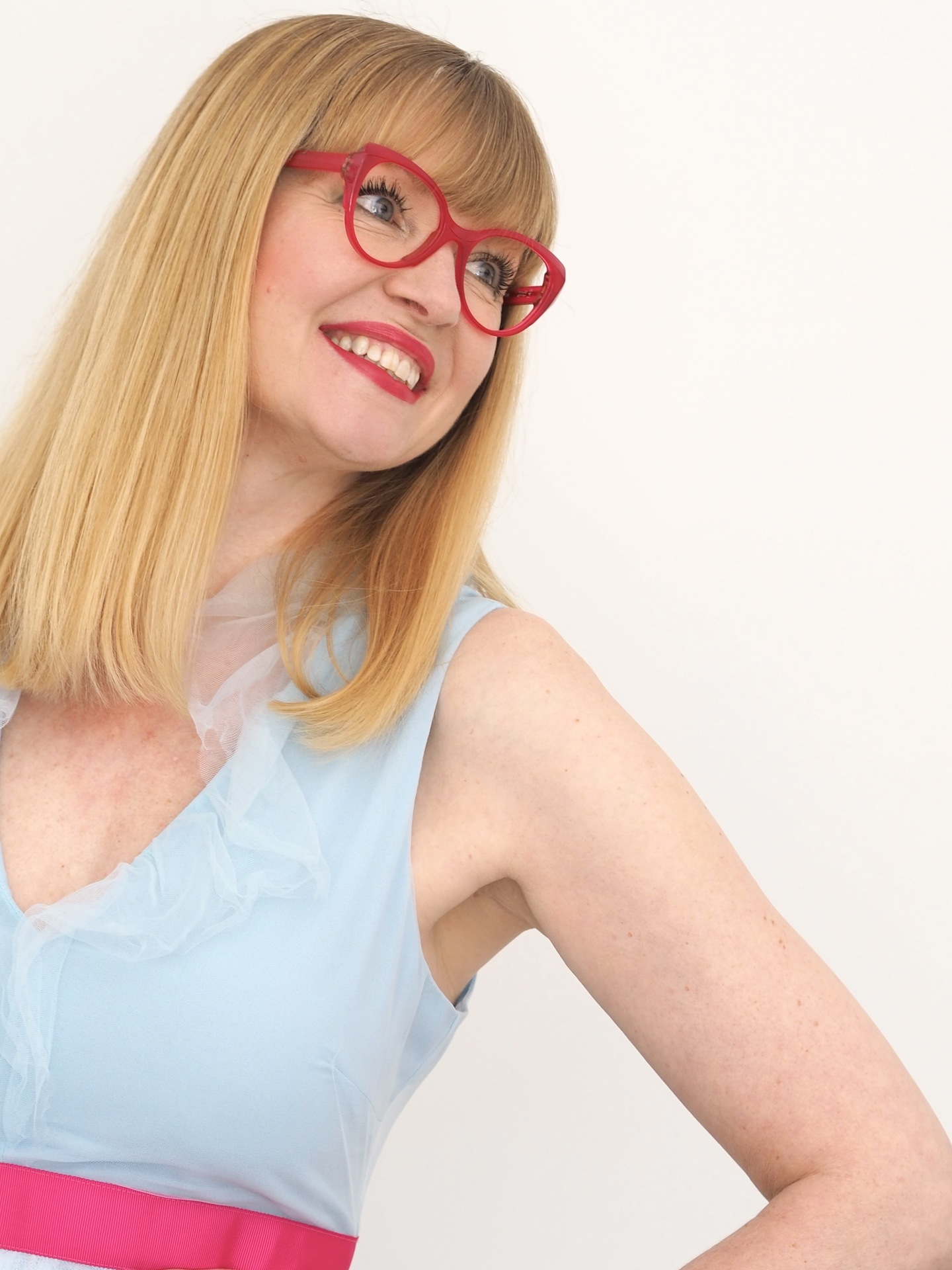
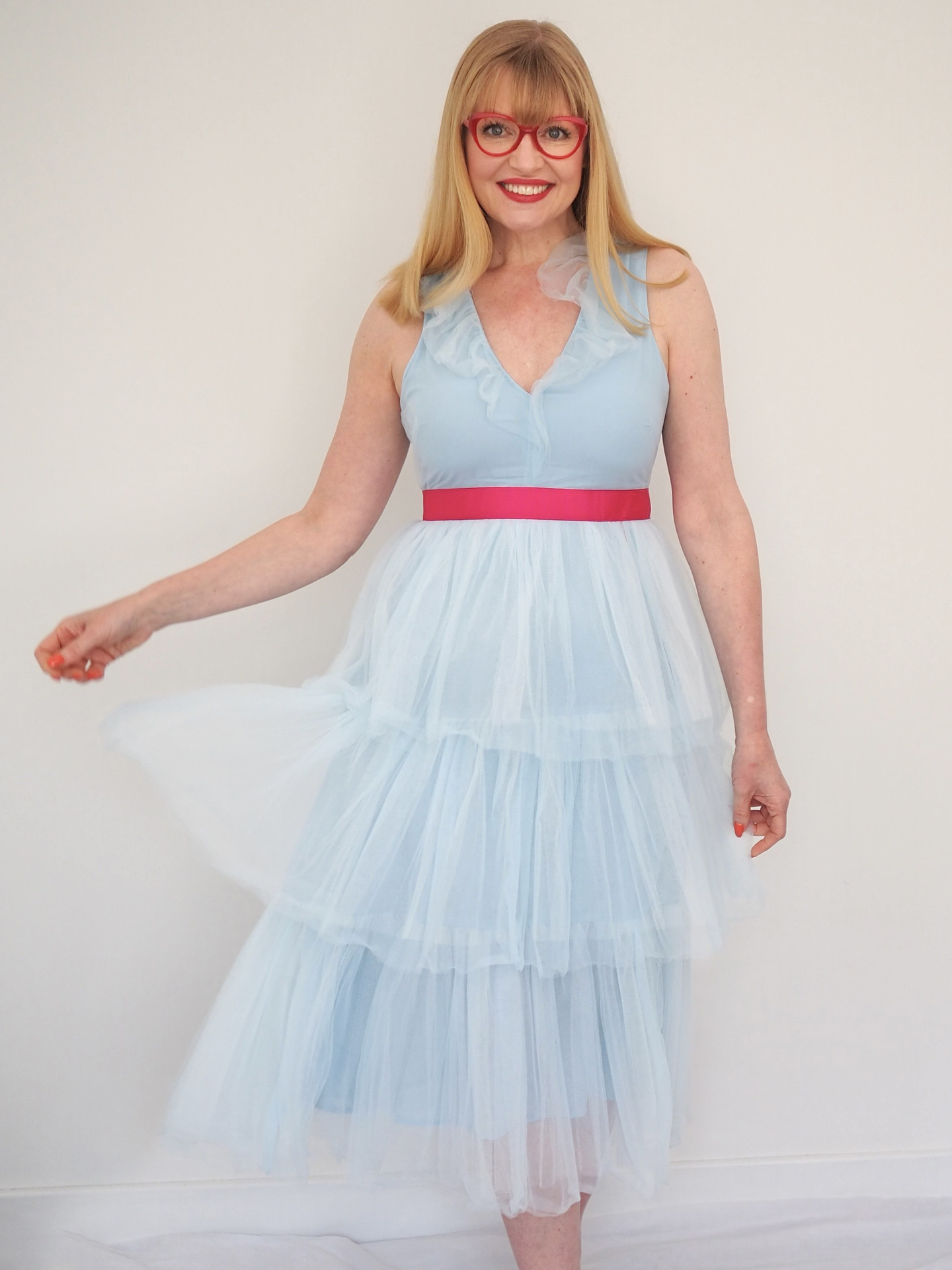
All eyewear shown here is by Strutkur
Share this post:
